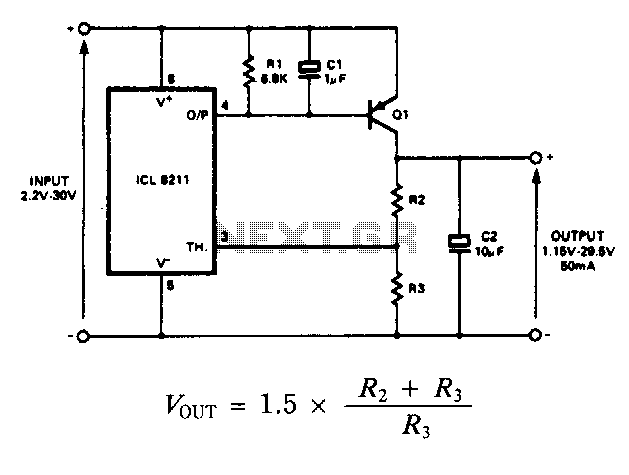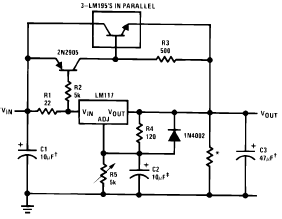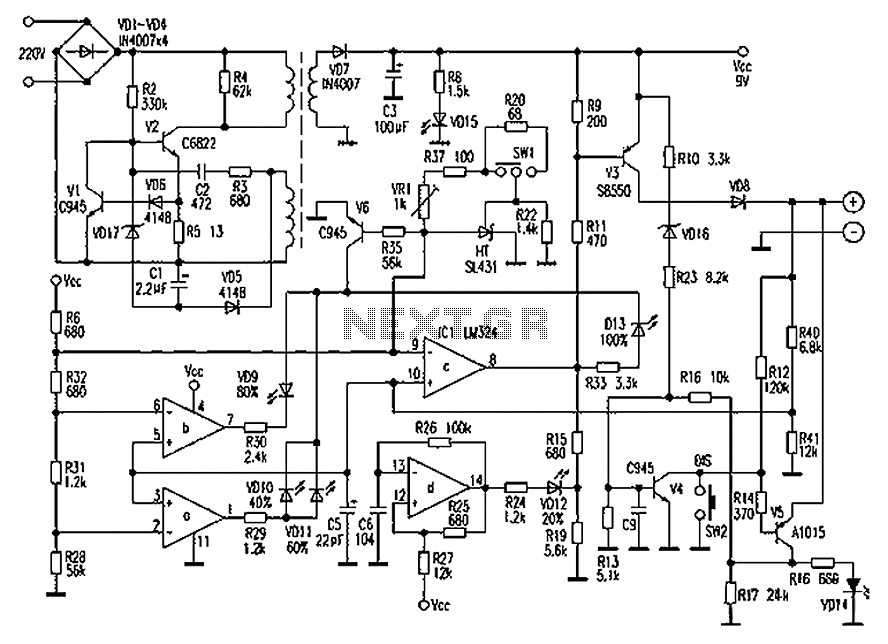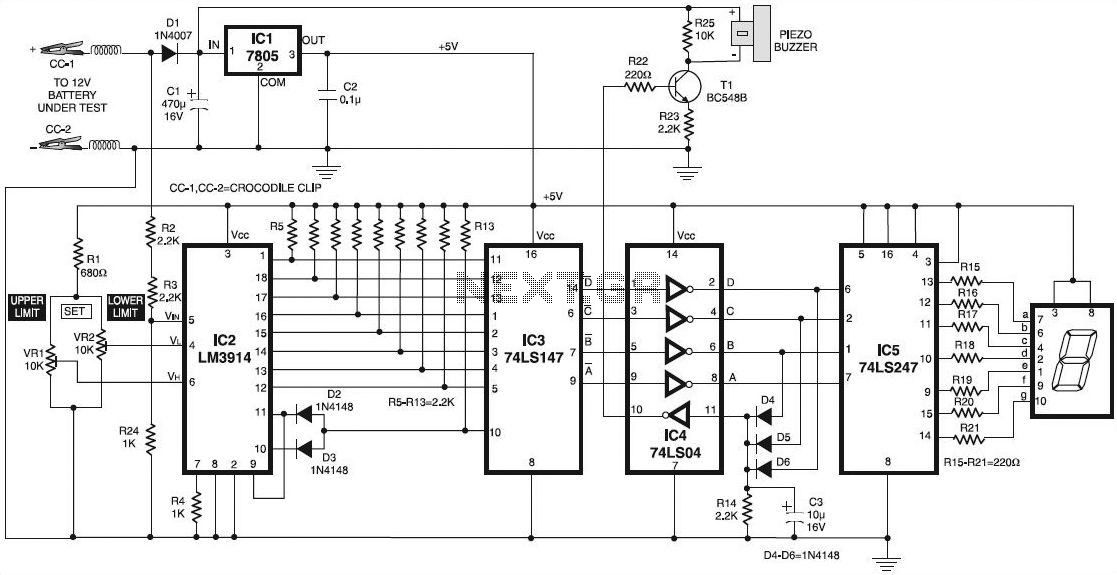
Open Charge Regulator
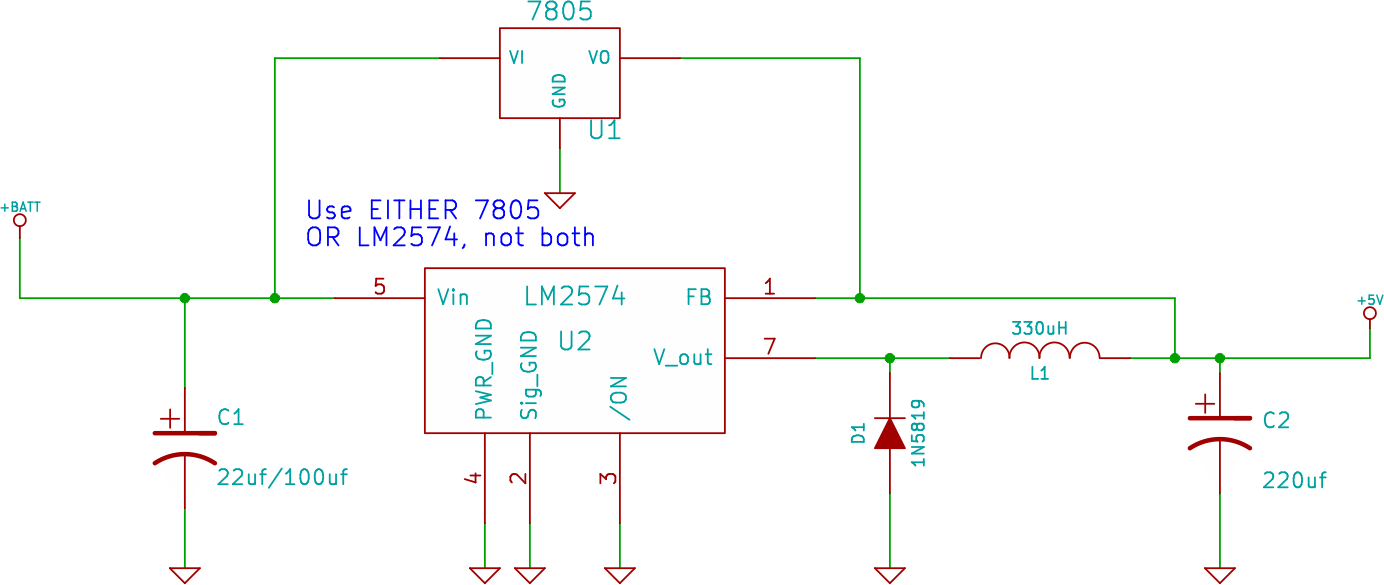
The project encompasses both hardware and software design for a 12/24V DC 20A charge controller suitable for solar, wind, hydro, or pedal power applications. This initiative aims to create an open-design, cost-effective, yet fully functional charge regulator for renewable energy systems. The majority of off-grid renewable energy setups utilize lead-acid batteries, which require protection from overcharging by the energy source and over-discharging by the connected loads. This can be achieved using a series regulator for solar PV systems or a shunt regulator for wind, hydro, and pedal applications. The provided charge regulator design is straightforward, fully programmable, and open-source, allowing users to either build it themselves or purchase a kit. Further details can be found in the electrical design guide available on the website.
The 12/24V DC 20A charge controller serves as a crucial component in renewable energy systems, particularly those utilizing lead-acid batteries. The controller's primary function is to manage the charging and discharging processes to maximize battery life and efficiency. It employs a series regulator for solar PV applications, which allows current to flow to the battery only when the battery voltage is below a specified threshold, preventing overcharging. In contrast, a shunt regulator is implemented for wind, hydro, and pedal power systems, diverting excess current away from the battery when it reaches its maximum charge capacity.
The design of the charge controller is modular, enabling customization based on specific application requirements. It includes features such as programmable charge parameters, temperature compensation, and load control, ensuring optimal performance across varying conditions. The open-source nature of the design allows for community contributions, fostering innovation and improvements over time.
For practical implementation, users can either assemble the charge controller from scratch using the detailed schematics and programming instructions provided or opt for a pre-packaged kit that includes all necessary components. This flexibility caters to both hobbyists and professionals in the renewable energy sector.
The project emphasizes the importance of protecting lead-acid batteries from both overcharging and excessive discharging, which can significantly reduce their lifespan. The charge controller's design addresses these concerns effectively, making it a vital tool for those looking to harness renewable energy sources sustainably. Additional resources, including an electrical design guide and troubleshooting tips, are available on the project website to support users in the implementation and optimization of their systems.We cover the hardware and the software and give a full design for a 12/24V DC 20A charge controller which can be used for solar, wind, hydro or pedal power applications. Please start here to get a full overview of the project. We have been wanting to design, build and supply an open-design, relatively inexpensive but fully functioned charge regulator for solar PV,
wind, pedal and small hydro systems for a while now. The majority of off-grid renewable energy systems are based upon lead acid batteries. Lead-acid batteries need to be protected from over-charging by the renewable energy source and over-discharging from the loads. This can be one with a series regulator (in the case of solar PV) or a shunt regulator (for PV, hydro and wind).
The charge regulator pages here give the full design for a relatively simple but fully programmable and open-source charge regulator. Make one yourself or buy the kit. We have been wanting to design and build an open-design, relatively inexpensive but fully functioned charge regulator for solar PV, wind, pedal and small hydro systems for a while now.
The majority of off-grid renewable energy systems are based upon lead acid batteries. Lead-acid batteries need to be protected from over-charging by the renewable energy source and over-discharging from the loads. This can be one with a series regulator (in the case of solar PV) or a shunt regulator (for PV, hydro and wind).
Please check the web or my electrical design guide in the information section for more details. 🔗 External reference
The 12/24V DC 20A charge controller serves as a crucial component in renewable energy systems, particularly those utilizing lead-acid batteries. The controller's primary function is to manage the charging and discharging processes to maximize battery life and efficiency. It employs a series regulator for solar PV applications, which allows current to flow to the battery only when the battery voltage is below a specified threshold, preventing overcharging. In contrast, a shunt regulator is implemented for wind, hydro, and pedal power systems, diverting excess current away from the battery when it reaches its maximum charge capacity.
The design of the charge controller is modular, enabling customization based on specific application requirements. It includes features such as programmable charge parameters, temperature compensation, and load control, ensuring optimal performance across varying conditions. The open-source nature of the design allows for community contributions, fostering innovation and improvements over time.
For practical implementation, users can either assemble the charge controller from scratch using the detailed schematics and programming instructions provided or opt for a pre-packaged kit that includes all necessary components. This flexibility caters to both hobbyists and professionals in the renewable energy sector.
The project emphasizes the importance of protecting lead-acid batteries from both overcharging and excessive discharging, which can significantly reduce their lifespan. The charge controller's design addresses these concerns effectively, making it a vital tool for those looking to harness renewable energy sources sustainably. Additional resources, including an electrical design guide and troubleshooting tips, are available on the project website to support users in the implementation and optimization of their systems.We cover the hardware and the software and give a full design for a 12/24V DC 20A charge controller which can be used for solar, wind, hydro or pedal power applications. Please start here to get a full overview of the project. We have been wanting to design, build and supply an open-design, relatively inexpensive but fully functioned charge regulator for solar PV,
wind, pedal and small hydro systems for a while now. The majority of off-grid renewable energy systems are based upon lead acid batteries. Lead-acid batteries need to be protected from over-charging by the renewable energy source and over-discharging from the loads. This can be one with a series regulator (in the case of solar PV) or a shunt regulator (for PV, hydro and wind).
The charge regulator pages here give the full design for a relatively simple but fully programmable and open-source charge regulator. Make one yourself or buy the kit. We have been wanting to design and build an open-design, relatively inexpensive but fully functioned charge regulator for solar PV, wind, pedal and small hydro systems for a while now.
The majority of off-grid renewable energy systems are based upon lead acid batteries. Lead-acid batteries need to be protected from over-charging by the renewable energy source and over-discharging from the loads. This can be one with a series regulator (in the case of solar PV) or a shunt regulator (for PV, hydro and wind).
Please check the web or my electrical design guide in the information section for more details. 🔗 External reference

